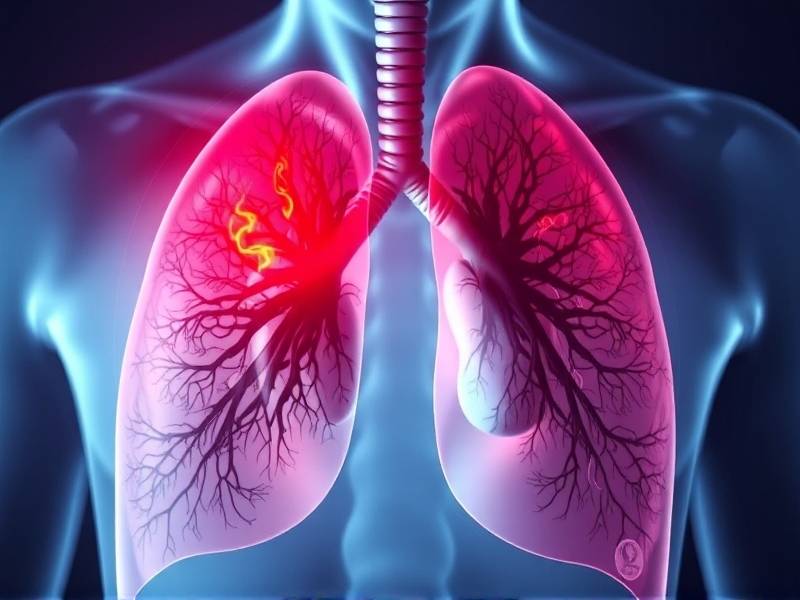How to Improve Lung Health After Quitting Smoking: Effective Tips and Strategies
How to Improve Lung Health After Quitting Smoking: Effective Tips and Strategies
Introduction: Quitting smoking is a significant step towards better health, but the journey doesn't end there. Many former smokers often wonder how to improve their lung health post-cessation. This article delves into effective tips and strategies that can help you breathe easier and restore your lungs' vitality.
Understanding the Impact of Smoking on the Lungs
Before we dive into the strategies, it's crucial to understand the effects of smoking on the lungs. Smoking causes inflammation, damages lung tissue, and reduces lung capacity over time. However, quitting can initiate a healing process.

Step 1: Regular Exercise
Physical activity is a cornerstone in improving lung health. It increases lung capacity and enhances circulation, which aids in healing damaged tissues. Activities like walking, cycling, or swimming are excellent choices for former smokers.
Benefits of Exercise:
- Increased Oxygen Supply: Regular exercise ensures more oxygen reaches your lungs.
- Improved Lung Function: Over time, exercise can lead to better respiratory function.
Step 2: Hydration
Drinking plenty of water is essential for overall health and particularly beneficial for lung health. Water helps thin mucus in the lungs, making it easier to expel when you cough.
Hydration Tips:
- Aim for at least 8 glasses of water per day.
- Drink water throughout the day rather than all at once.
Step 3: Nutrition
A balanced diet rich in fruits, vegetables, lean proteins, and healthy fats can support lung recovery. Nutrients like vitamin C and vitamin E are known for their antioxidant properties that can protect against further damage.
Nutritional Tips:
- Include a variety of colorful fruits and vegetables in your diet.
- Choose whole grains over refined grains.
- Incorporate nuts and seeds for healthy fats.
Step 4: Avoiding Harmful Substances
It's not just smoking that affects lung health; other pollutants like dust or secondhand smoke can also be detrimental. Avoiding these substances is key to maintaining healthy lungs.
Environmental Tips:
- Keep indoor air clean by using air purifiers if necessary.
- Avoid high-pollution areas when possible.
Step 5: Breathing Exercises
Pursed-lip breathing or diaphragmatic breathing exercises can help improve lung function by strengthening respiratory muscles and increasing oxygen intake.
Breathing Exercise Guide:
- Inhale deeply through your nose.
- Pucker your lips as if you're whistling.
- Exhale slowly through pursed lips.
- Repeat this cycle for several minutes daily.
Conclusion: Improving lung health after quitting smoking is a gradual process that requires dedication and patience. By incorporating these effective tips into your lifestyle, you can take significant strides towards healthier lungs. Remember, every breath counts!

